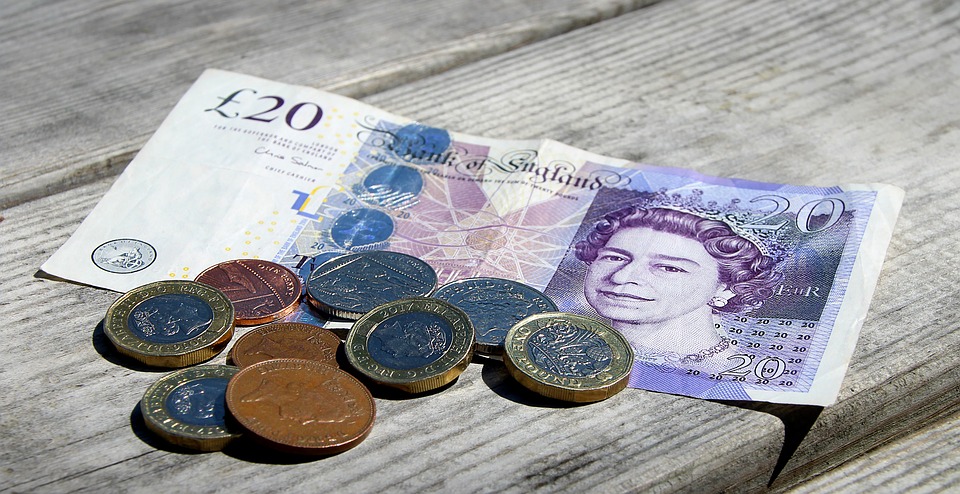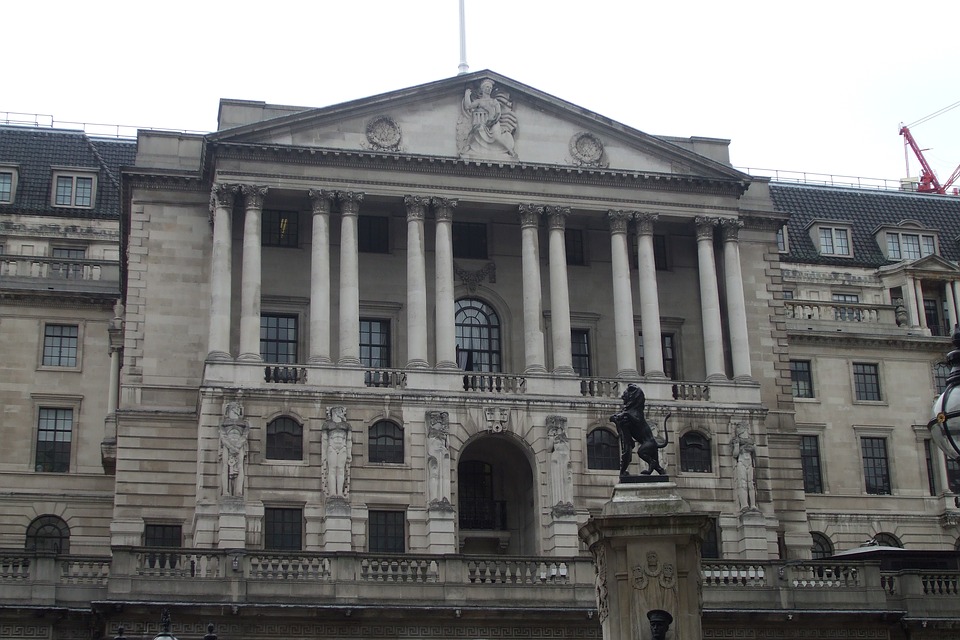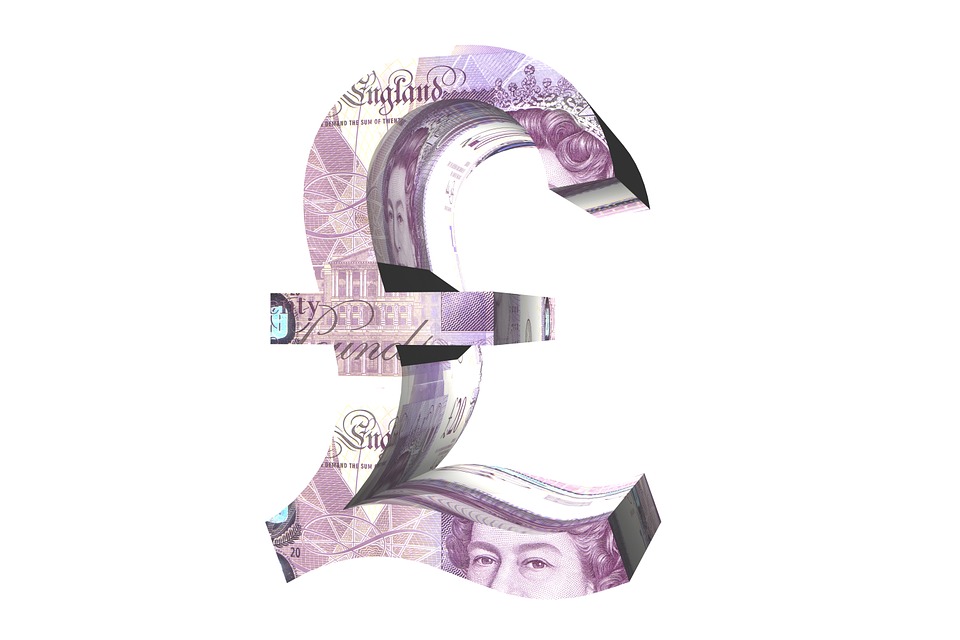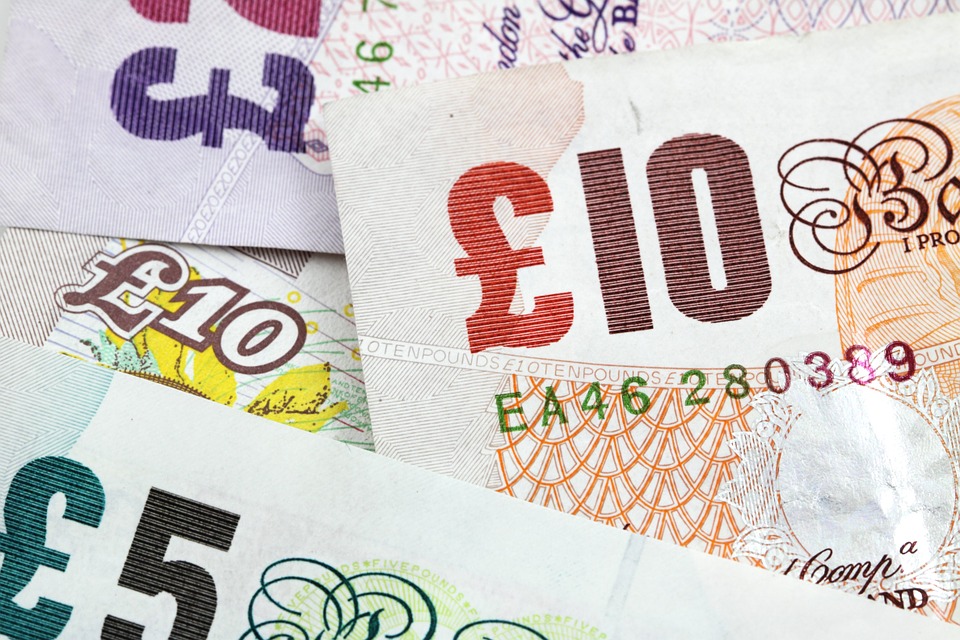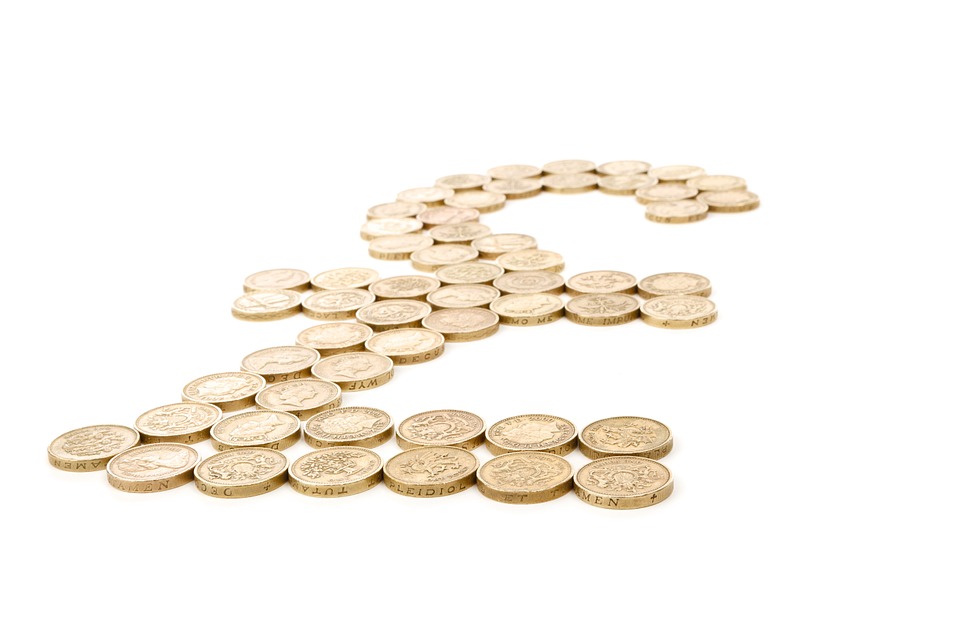UK economy is on track for a sharp V-shaped recovery thanks to a faster-than-expected rebound but “considerable” risks remain, according to the Bank of England’s chief economist.
Andy Haldane, who also sits on the Bank’s interest rate-setting committee, said the recovery in the UK and globally had come “sooner and faster” than expected.
In a webinar speech on Tuesday, Mr Haldane said the UK economy was benefiting from a rebound in consumer spending since lockdown restrictions have begun to ease.
He said: “It is early days, but my reading of the evidence is so far, so V.”
He added: “The recovery in both the UK and global economies has come somewhat sooner, and has been materially faster, than in the Monetary Policy Committee’s May Monetary Policy Report scenario – indeed, sooner and faster than any other mainstream macroeconomic forecaster.”
To find out more about how we can assist you with your Mortgage requirements, please click here to get in touch
But he said there was the risk of a “vicious cycle” in the economy if unemployment proves to be higher than expected and warned against a return to the mass youth unemployment seen in the 1980s.
He said: “Risks to the economy remain considerable and two-sided.
“Although these risks are in my view slightly more evenly balanced than in May, they remain skewed to the downside.
“Of these risks, the most important to avoid is a repeat of the high and long-duration unemployment rates of the 1980s, especially among young people.”
His comments come after the Bank recently said it now expects gross domestic product to tumble by 20% in the first half of the year, which is far less than the 27% it predicted in its May forecast.
But governor Andrew Bailey warned at the time against getting “carried away” by signs the recession may not have been quite as steep as it expected, with the Bank launching another £100 billion of quantitative easing (QE) to help boost the economy.
Mr Haldane was the only one on the nine-strong Monetary Policy Committee to vote against increasing QE in the June meeting.
In his speech, he said if the economy continues recovering on a similar path as lockdown measures ease further, then the loss in annual GDP could be far lower than first feared, at 8% against 17% forecast in May.
But he cautioned some of this may be down to pent-up demand, as well as the massive Government support for households and businesses through the scheme to furlough workers on 80% pay.
With nine million workers currently furloughed, he said there was a risk of soaring unemployment when the Government support measures end, which could impact the path of recovery.
Mr Haldane said he remained “open-minded” about more action to boost the economy.
Official figures also on Tuesday showed the economy shrank by more than first thought between January and March, down 2.2% – the largest fall since 1979.
Data has shown GDP contracted by a record 20.4% in April, but Mr Haldane said this was “ancient history” with the UK and global economy now fully in the recovery phase of the crisis.
Source: Express & Star

